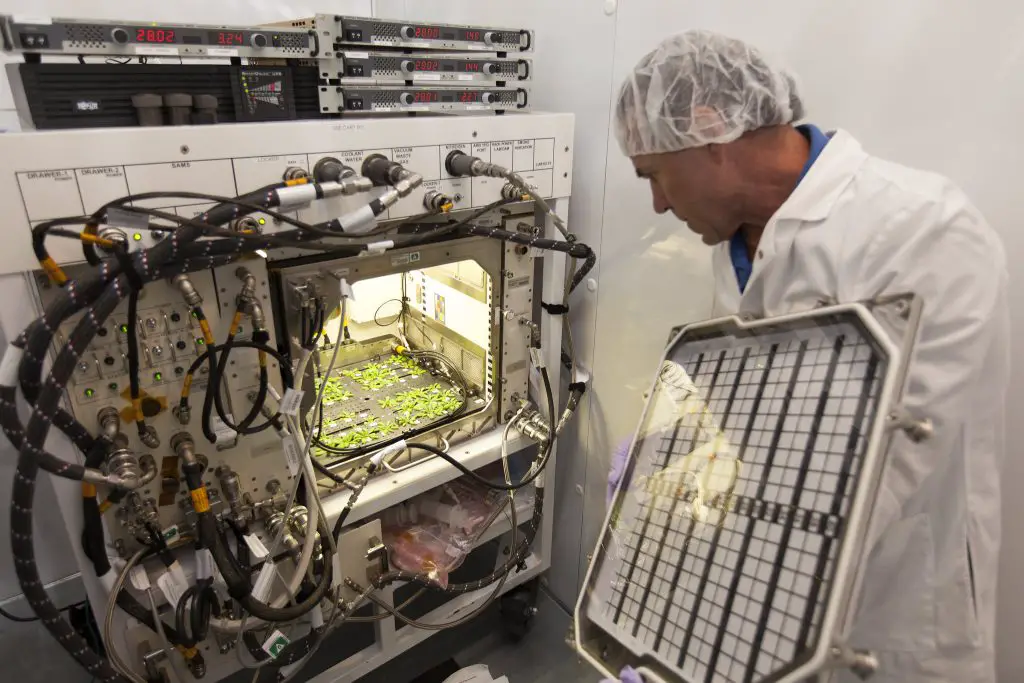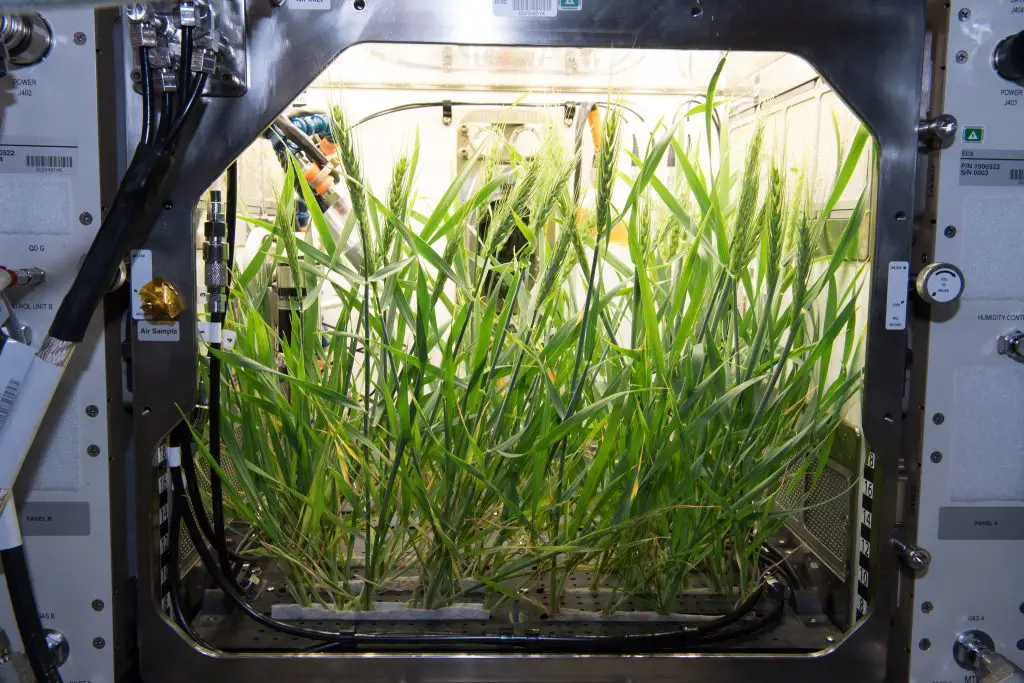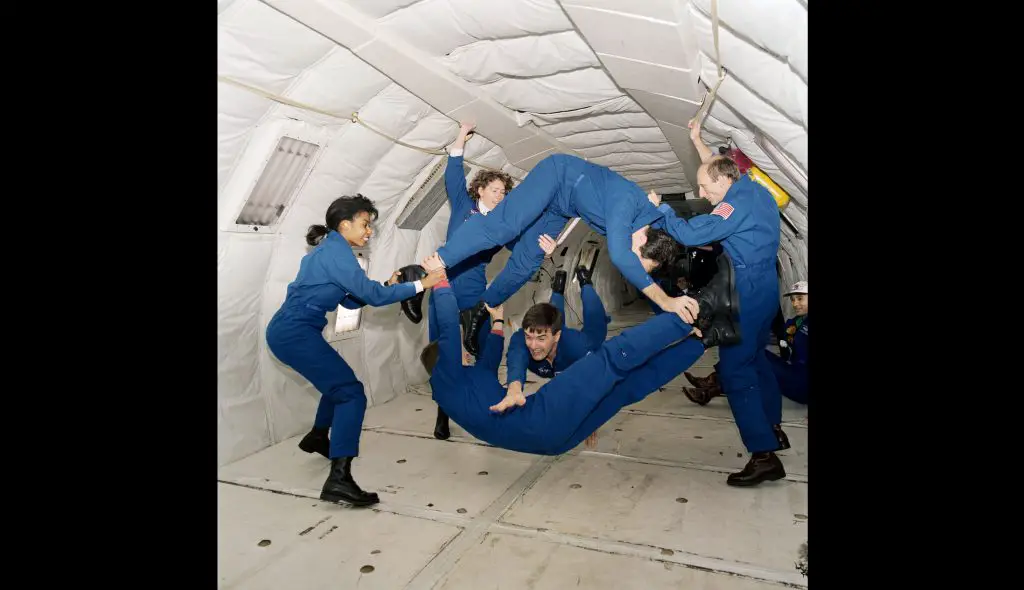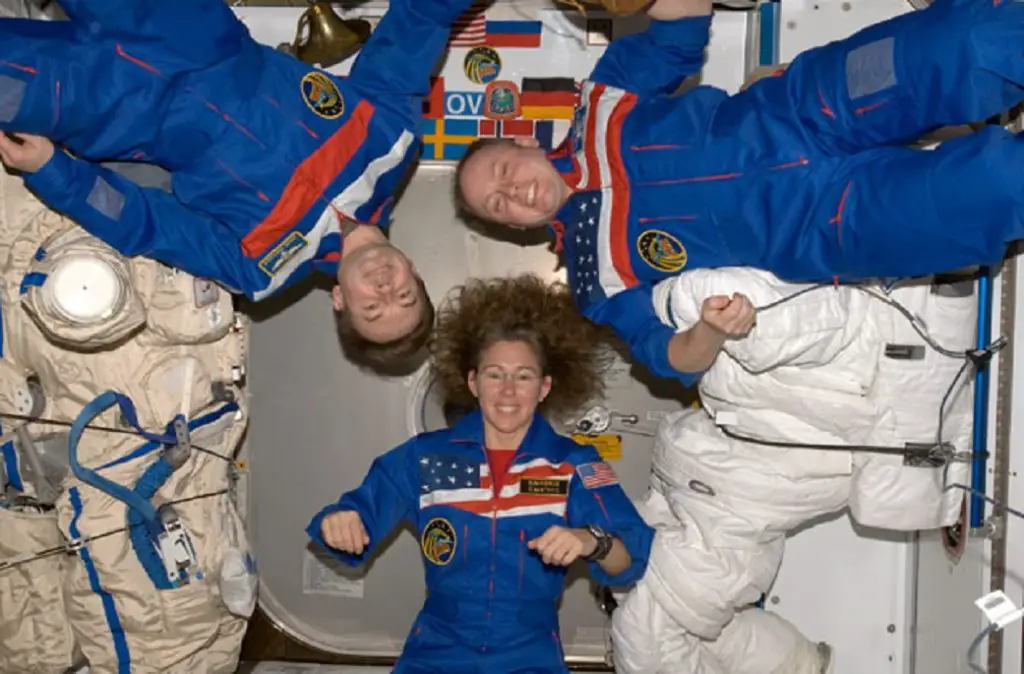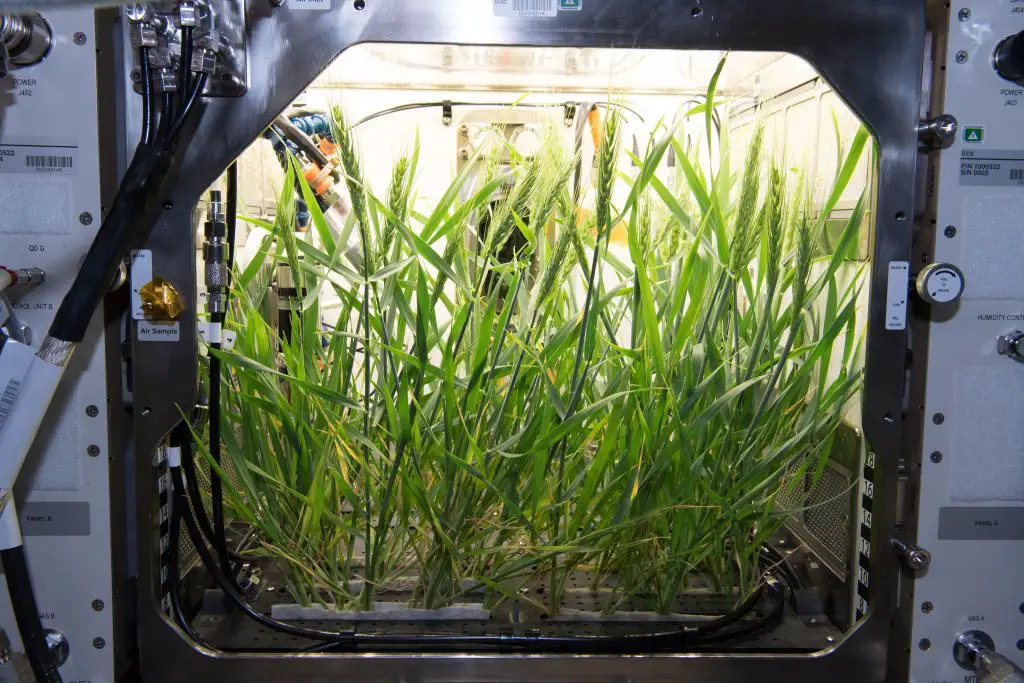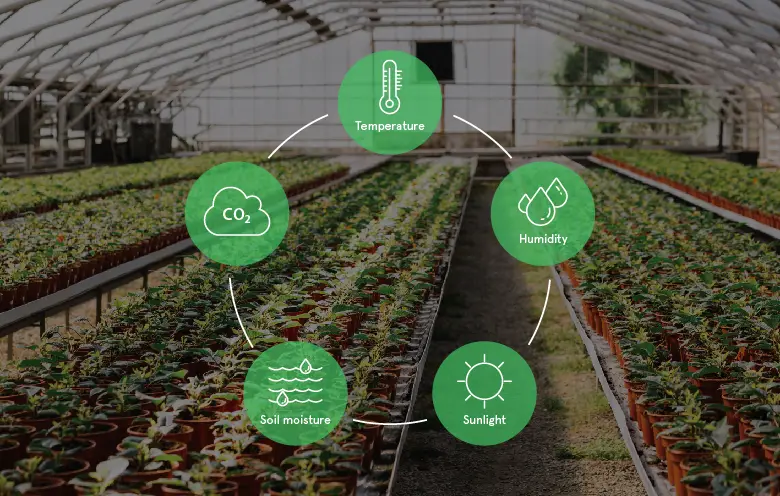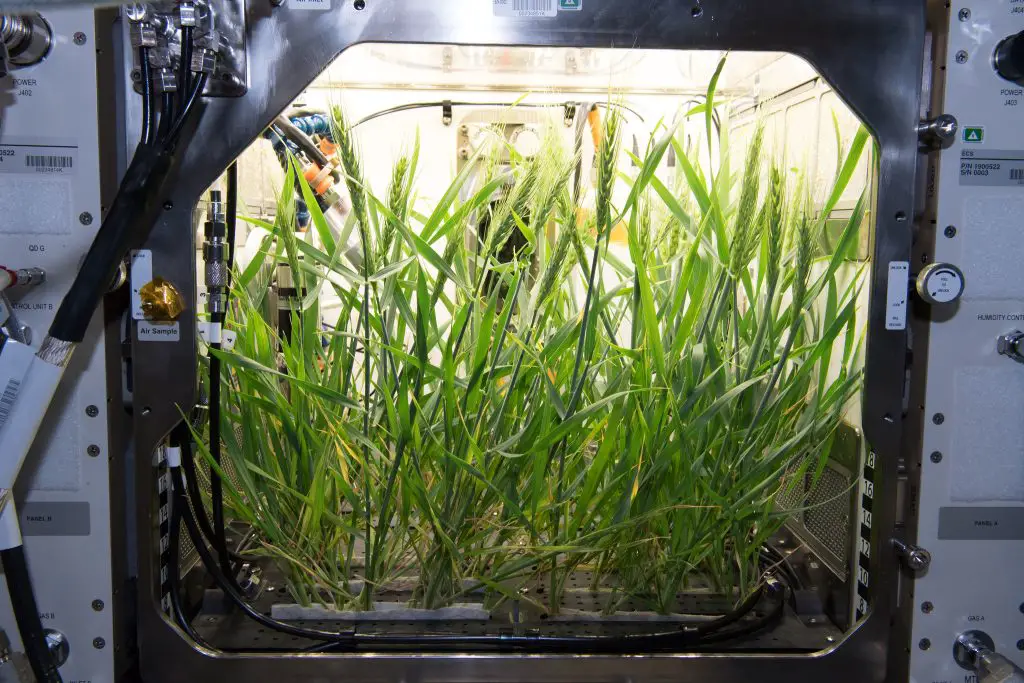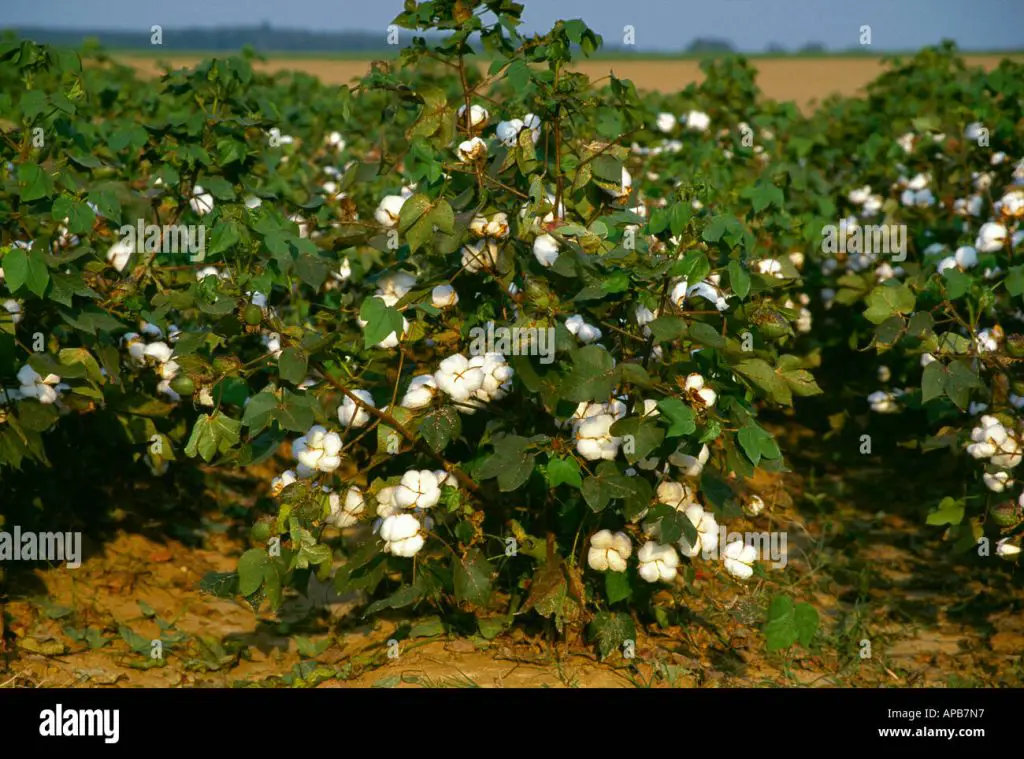Do Plants Grow Faster in Space
Plants do not grow faster in space compared to on earth. Plants grown in space experience slower growth rates and face several challenges due to the absence of gravity, such as limited access to essential resources like water and sunlight. Consequently, space-grown plants tend to be smaller, with reduced yields and altered characteristics. Despite attempts ...
